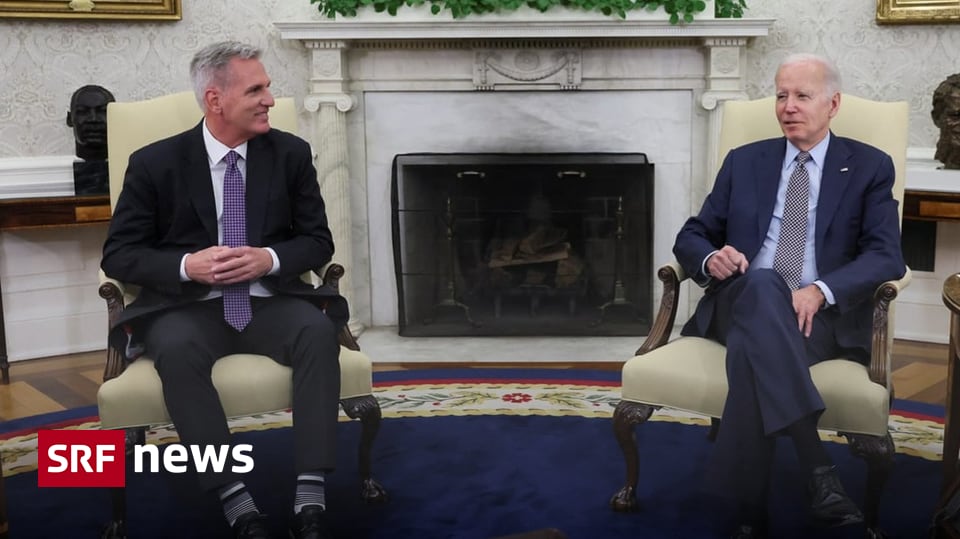Politicians in Washington are playing a risky game. The government of the world’s largest economy is about to default because the US Congress failed to raise the debt ceiling. So the Treasury is not allowed to take on new debt to pay US government bonds.
The US actually reached its current debt ceiling of $31.4 trillion in January. Since then, the United States has been able to meet its financial obligations only thanks to “extraordinary measures.” Treasury Secretary Janet Yellen has warned that after June 5, the US will likely not be able to settle all securities.
The necessary majority is not guaranteed
At stake are pensions for retirees, wages for federal employees, spending on the military or interest payments on US Treasury bonds, which are a central building block of the global financial system. Yes, President Joe Biden and Kevin McCarthy, who leads the Republican majority in the House of Representatives, have agreed to raise the debt ceiling for two years. In contrast, as a concession to the Republicans, individual spending items are cut or capped.
But time is short. Members of Parliament in both houses, the Senate and the House of Representatives, are required to vote on it. There is no guarantee of the necessary majority. Perhaps the agreement includes spending cuts that are too few for the Republicans on the right edge, and too many for the Democrats on the far left. It remains a dance in the abyss.
Debt ceiling as leverage
It is characteristic of the United States that Parliament decides on spending and then, in a second step, must authorize the necessary debt. What has long been routine, raising the debt ceiling, has been discovered by Republicans as a bargaining chip to force Democratic presidents to cut spending. They point to the national debt: More recently, the budget under President Bill Clinton was balanced, and since then the gap between income and spending has widened. The result is a national debt, caused by both Democratic and Republican presidents, that amounts to more than 120 percent of GDP. Switzerland is about 40 percent.
As it is today, around 2050 the United States will have to spend about half of its income to pay interest on its debt. Understandably, Republicans are concerned. But Democrats accuse them of double standards: Under Donald Trump, who has fueled debt with his tax cuts, they raised the debt ceiling three times without strings attached. Democrats say it’s appropriate to talk about cuts during budget negotiations, not when it comes to paying bills.
Only immediate crisis has been averted
It is an expression of the highly polarized US policy that the debt ceiling has become a means of applying pressure. It is a very narrow majority policy, which has a dysfunctional effect over and over again, that is, it is unable to solve the main problems. Because even if Congress decided to raise the debt ceiling, this would only avert the immediate crisis. Washington could soon be dancing off the cliff again. At some point, Washington could stumble and slide into default for the first time. The consequences of this are unclear, but potentially catastrophic for the global economy.

“Tv expert. Hardcore creator. Extreme music fan. Lifelong twitter geek. Certified travel enthusiast. Baconaholic. Pop culture nerd. Reader. Freelance student.”







More Stories
The first F1 team with over $600 million
Mercedes-Benz recalls 261,000 SUVs
With a private cabin Markets: Aegean flies on long-haul flights with the Airbus A321 LR